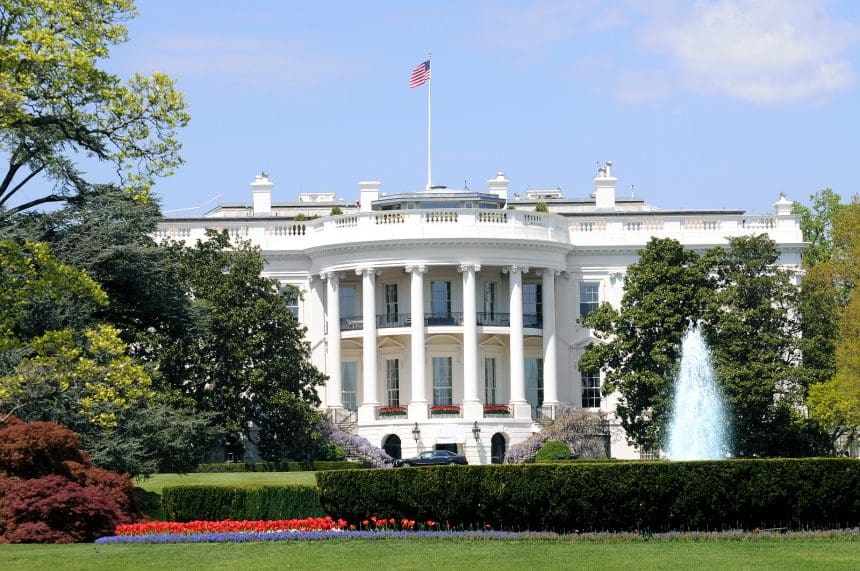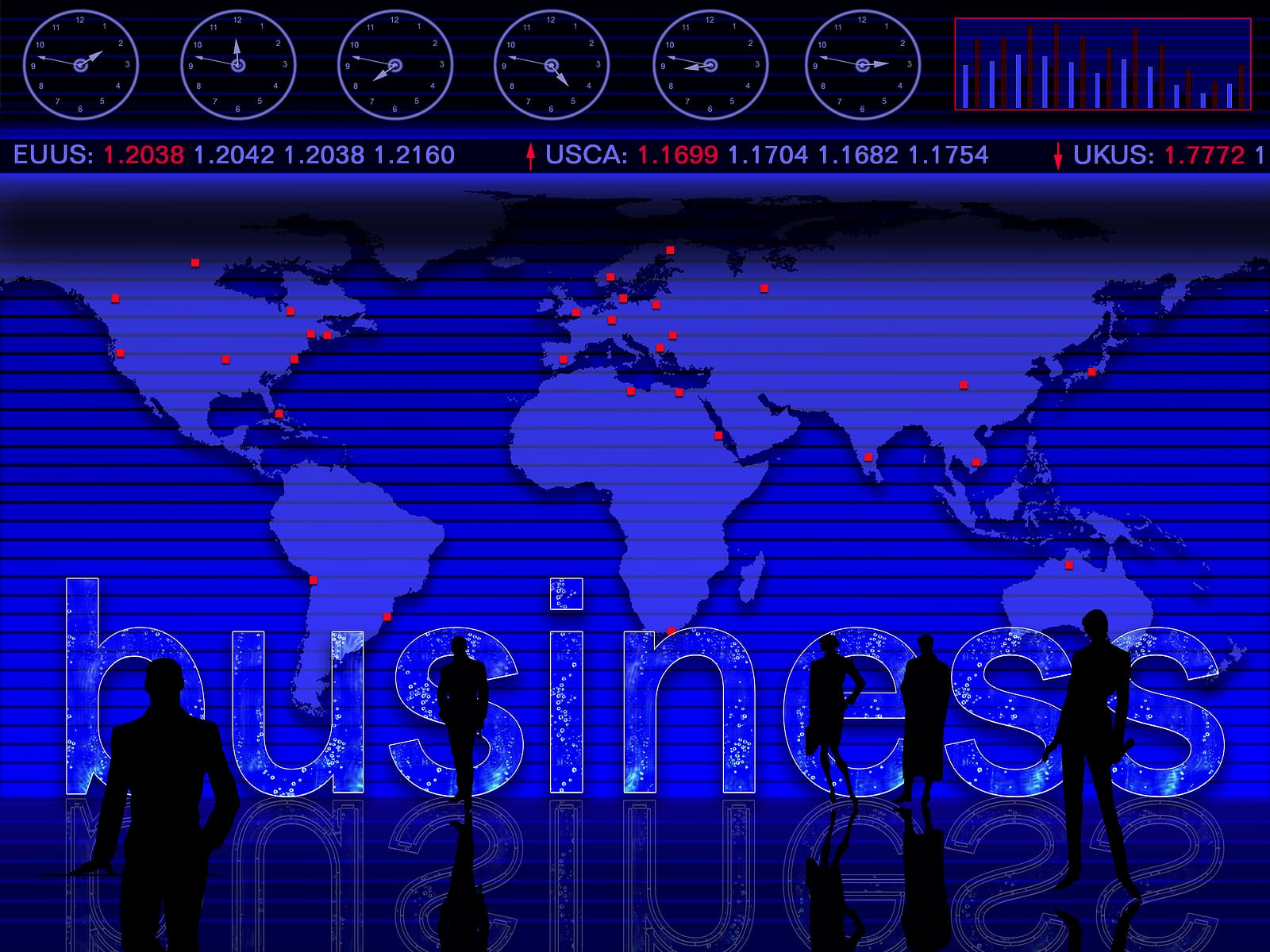Trump, Zelenskyy, and European Leaders Hold Pivotal Summit: A Positive Step Toward Peace and Security
WASHINGTON, D.C. (STL.News) — In a high-stakes meeting that drew international attention, U.S. President Donald Trump welcomed Ukrainian President Volodymyr Zelenskyy and seven European Union leaders to Washington on August 18, 2025. The summit, held in the Oval Office and surrounding diplomatic venues, was hailed as constructive and forward-looking, despite challenges to securing lasting peace remaining.
The meeting brought together some of the most influential leaders in the Western alliance, including U.K. Prime Minister Keir Starmer, German Chancellor Olaf Scholz, French President Emmanuel Macron, Italian Prime Minister Giorgia Meloni, and other European representatives. Their shared goal was to assess the future of Ukraine’s defense, the possibility of a negotiated peace with Russia, and the role the United States would play in ensuring security in Eastern Europe.
The atmosphere, according to participants and observers, was far more positive than previous encounters earlier this year. While the summit did not yield a final agreement, it marked a decisive shift toward unity, dialogue, and cooperation.
A Diplomatic Reset: The Atmosphere of the Meeting
This summit was a stark contrast to Trump’s last face-to-face with Zelenskyy, which had been marked by tension and skepticism. This time, the leaders greeted each other with warmth, and the discussions carried a tone of mutual respect.
Zelenskyy, dressed formally for the occasion, was welcomed by Trump with a handshake and a public acknowledgment of his leadership under extraordinary wartime pressures. Both men avoided the pointed exchanges that had previously dominated headlines. Instead, the conversation was constructive, focusing on practical steps that could secure Ukraine’s sovereignty and stability.
Diplomats described the mood as a “reset,” with European leaders playing a key role in bridging gaps between Washington and Kyiv. The meeting’s collaborative tone reassured many allies who had been concerned about divisions within the Western coalition.
Security Guarantees: NATO-Style Protection Without Membership
One of the most important outcomes of the summit was Trump’s willingness to consider NATO-style security guarantees for Ukraine. While he stopped short of supporting full NATO membership — a long-standing request from Kyiv — the U.S. president suggested that Washington and its allies could create a framework resembling Article 5 protections.
This would mean that an attack on Ukraine could trigger a collective response from the United States and European partners, providing a powerful deterrent against further Russian aggression.
European leaders welcomed this shift, with NATO Secretary-General Mark Rutte calling it a “serious and credible proposal” that could strengthen Ukraine’s security without escalating tensions to the same level that formal NATO membership might provoke.
For Ukraine, the guarantees represent a potential lifeline. President Zelenskyy expressed optimism that such a framework could be finalized within days, calling it “a real step toward ending the cycle of fear and uncertainty that has plagued our nation.”
A Roadmap Toward Negotiations
While no ceasefire was announced, Trump indicated that he is actively working to arrange a future trilateral summit involving himself, Zelenskyy, and Russian President Vladimir Putin. Such a meeting, if realized, would be unprecedented in the post-2022 conflict era and could provide the foundation for eventual peace talks.
Zelenskyy signaled his willingness to enter discussions with Moscow, provided Ukraine’s sovereignty and territorial integrity are respected. European leaders, for their part, pressed for an immediate ceasefire as a precondition for broader negotiations. Trump, however, appeared cautious about tying his hands, instead favoring a long-term strategy that could lead to a more sustainable resolution.
Though differences remain, the very fact that high-level talks are now being seriously considered is viewed as progress. As one European diplomat remarked, “The door to negotiations is no longer shut — it is cracked open, and that is more than we had yesterday.”
Humanitarian Concerns: Beyond Military Strategy
Another important component of the summit was the discussion of humanitarian issues. Zelenskyy raised the plight of Ukrainian children who had been taken to Russia, calling for international action to secure their return. Leaders pledged to work together on humanitarian corridors, prisoner exchanges, and broader civilian protections.
Additionally, discussions addressed the economic cost of war and the necessity of reconstruction. The United States and Europe reaffirmed their commitment to supporting Ukraine’s recovery, with a focus on rebuilding infrastructure, ensuring energy security, and stabilizing the economy.
This humanitarian angle reinforced the sense that the summit was not solely about geopolitics or military calculations, but also about the human toll of war and the moral responsibility to address it.
The Role of Arms and Trade
In a surprising announcement, Zelenskyy revealed that Ukraine is prepared to purchase as much as $100 billion in U.S. weapons, financed largely by European partners, if a peace framework can be reached. Such a move would not only bolster Ukraine’s defenses but also strengthen economic ties between the United States and its allies.
Trump welcomed the idea, pointing to it as proof that the U.S. defense industry could play a stabilizing role in the region. Beyond arms, Zelenskyy mentioned that Ukraine is prepared to sell advanced drones to the United States, further deepening the trade partnership.
Analysts noted that these economic arrangements could align security with commerce, creating a mutually beneficial framework that extends beyond wartime needs.
European Leaders Respond: Constructive and United
The reactions from European leaders were notably upbeat. British Prime Minister Keir Starmer described the talks as “good and constructive,” emphasizing that the Western coalition is now moving in the same direction after months of uncertainty.
French President Emmanuel Macron highlighted the importance of unity, saying that “Europe and the United States must stand together in the face of aggression, not only for Ukraine but for the principles of democracy.”
German Chancellor Olaf Scholz echoed this sentiment, stressing the importance of collective guarantees and long-term planning. Italian Prime Minister Giorgia Meloni emphasized humanitarian aid as a central element of the coalition’s approach.
Together, these reactions underscored that Europe views this summit not as a symbolic gesture but as a serious turning point in the conflict.
Balancing Realism with Optimism
Observers agree that the summit did not solve the war in Ukraine, but it reframed the conversation. The fact that leaders could gather, engage constructively, and leave with a roadmap is, in itself, a diplomatic achievement.
Critics may argue that without an immediate ceasefire or binding treaty, the summit fell short. However, supporters counter that diplomacy is rarely a one-day event. The meeting’s value lies in building trust, opening doors, and signaling unity.
In this sense, the summit represented progress: not in the form of instant results, but in laying the foundation for next steps that could prove decisive.
The Global Implications
The summit’s outcomes also carry global significance. By reinforcing transatlantic unity, the U.S. and Europe sent a clear message to adversaries and allies alike: Western powers remain committed to Ukraine and to broader principles of sovereignty.
For markets, the promise of greater stability could ease fears of prolonged disruption in energy and grain supplies. For international organizations, the emphasis on humanitarian aid signals a renewed commitment to the United Nations and other multilateral institutions.
In the broader geopolitical landscape, the summit demonstrates that even in times of division, diplomacy can produce alignment.
Looking Ahead: The Next Ten Days
Perhaps the most important timeline to emerge from the summit is Zelenskyy’s expectation that security guarantees could be finalized within seven to ten days. If that goal is met, it could create momentum for further negotiations and confidence-building measures.
Trump’s team has also indicated that preparations for a potential trilateral meeting with Putin are already underway, though no date has been confirmed.
The next phase will test whether the goodwill generated in Washington can translate into concrete actions on the ground.
Conclusion: A Positive Step Forward
While the challenges of achieving peace in Ukraine remain enormous, the summit between President Trump, President Zelenskyy, and seven European leaders marked a positive step in the right direction. The atmosphere was constructive, the proposals credible, and the willingness to engage unmistakable.
In a world often dominated by division and distrust, the sight of American and European leaders sitting together with Ukraine at the center of the discussion served as a poignant reminder of what diplomacy can achieve.
No one meeting will end the war, but this summit may well be remembered as the moment when the tide of dialogue began to turn. With security guarantees on the horizon and a renewed sense of unity among allies, the future — while uncertain — looks brighter than it did just weeks ago.
© 2025 STL.News/St. Louis Media, LLC. All Rights Reserved. Content may not be republished or redistributed without express written approval. Portions or all of our content may have been created with the assistance of AI technologies, like Gemini or ChatGPT, and are reviewed by our human editorial team. For the latest news, head to STL.News.










